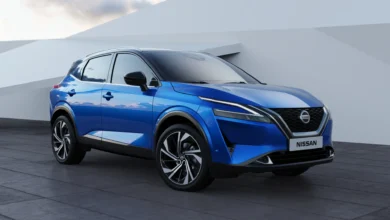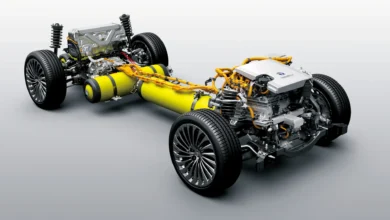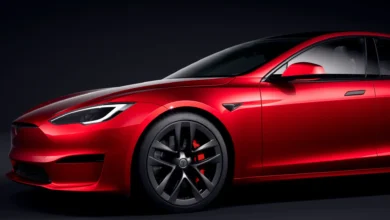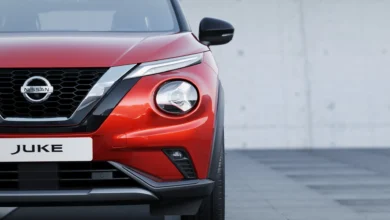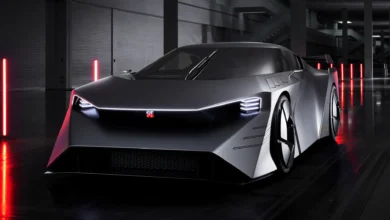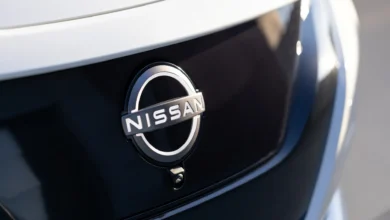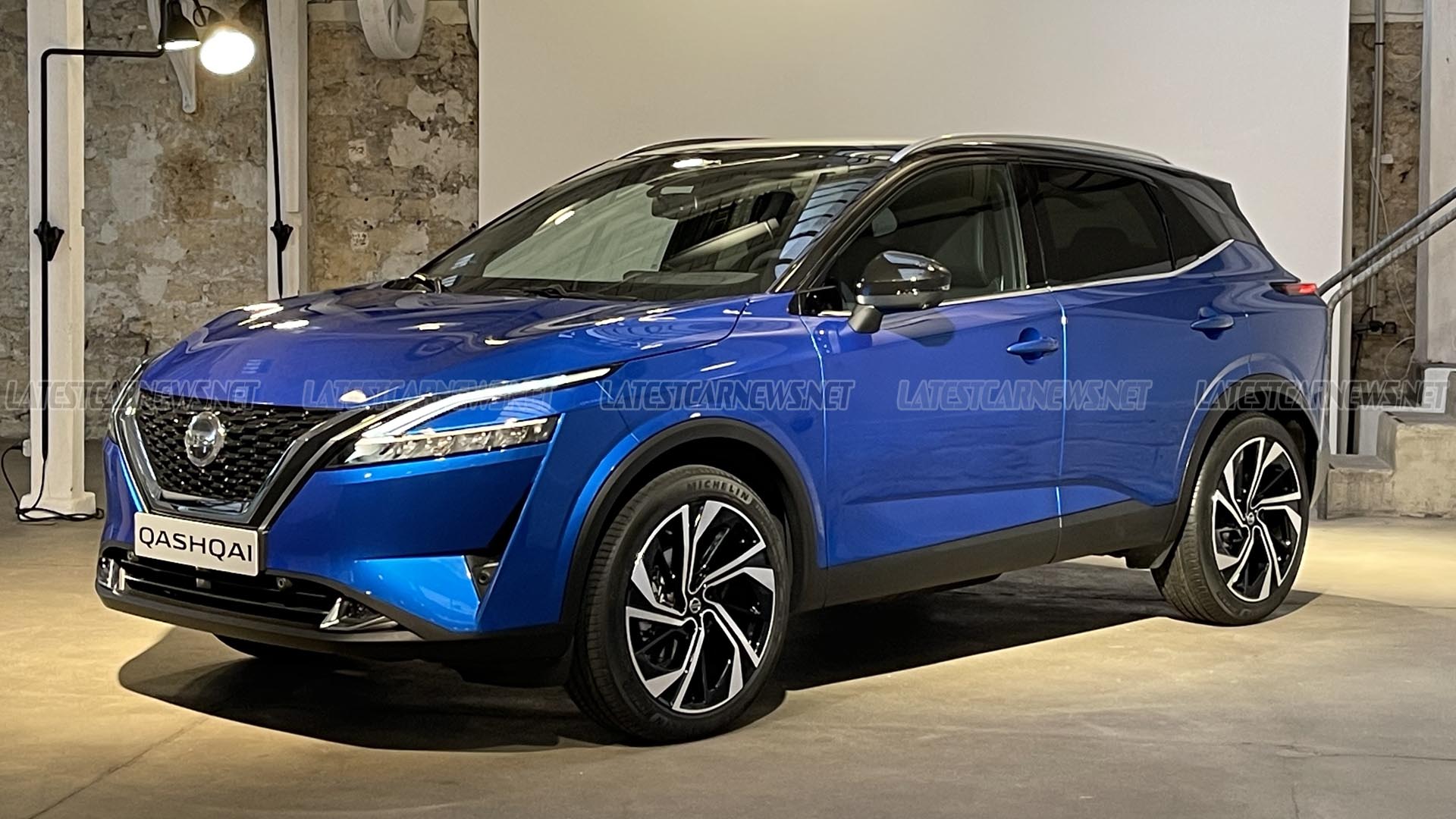
It will be this spring when the new Nissan Qashqai 2021 arrives in dealerships, a model that we could describe as Anglo-Japanese because, like its predecessors, it has been designed by the Nissan Design Europe team that the Japanese firm has in London, while its engineering is work from Nissan Technical Center Europe in Cranfield, also in the UK. And production will continue at Nissan’s factory in Sunderland, another British location.
The same authors, so to speak, to renew a commercial success that always exceeded the expectations of the brand. Because when the first Qashqai arrived there was nothing like it on the market and Nissan estimated that it could sell about 100,000 units per year, but that compact C-segment model in which the driving position was higher than in its rivals caught on quickly, and during Its entire commercial life, reinforced in 2008 by the arrival of the Qashqai + 2 with a long wheelbase and seven seats, an average of 200,000 units were sold annually.
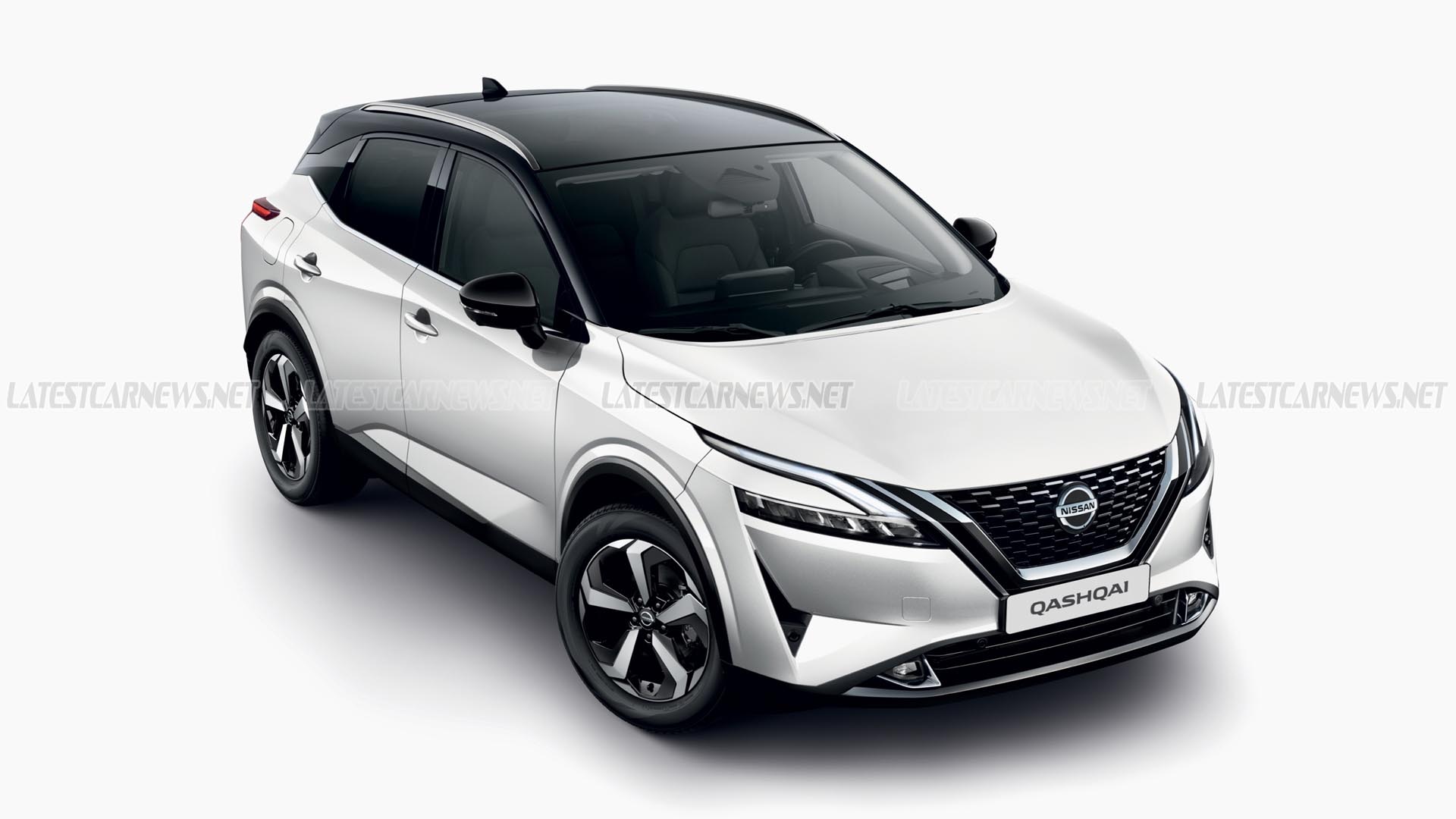
When it was replaced in 2014 by the second generation, the Qashqai already had 17 direct competitors but sales continued so strong that it became the British-made vehicle that previously reached 500,000 units produced. And to date, the Qashqai has more than five million units sold around the world, of which more than three million correspond to Europe and no less than 320,000 to the Spanish market, where the Nissan Qashqai is the leader in its segment since its birth almost 14 years ago.
Maintains its current dimensions
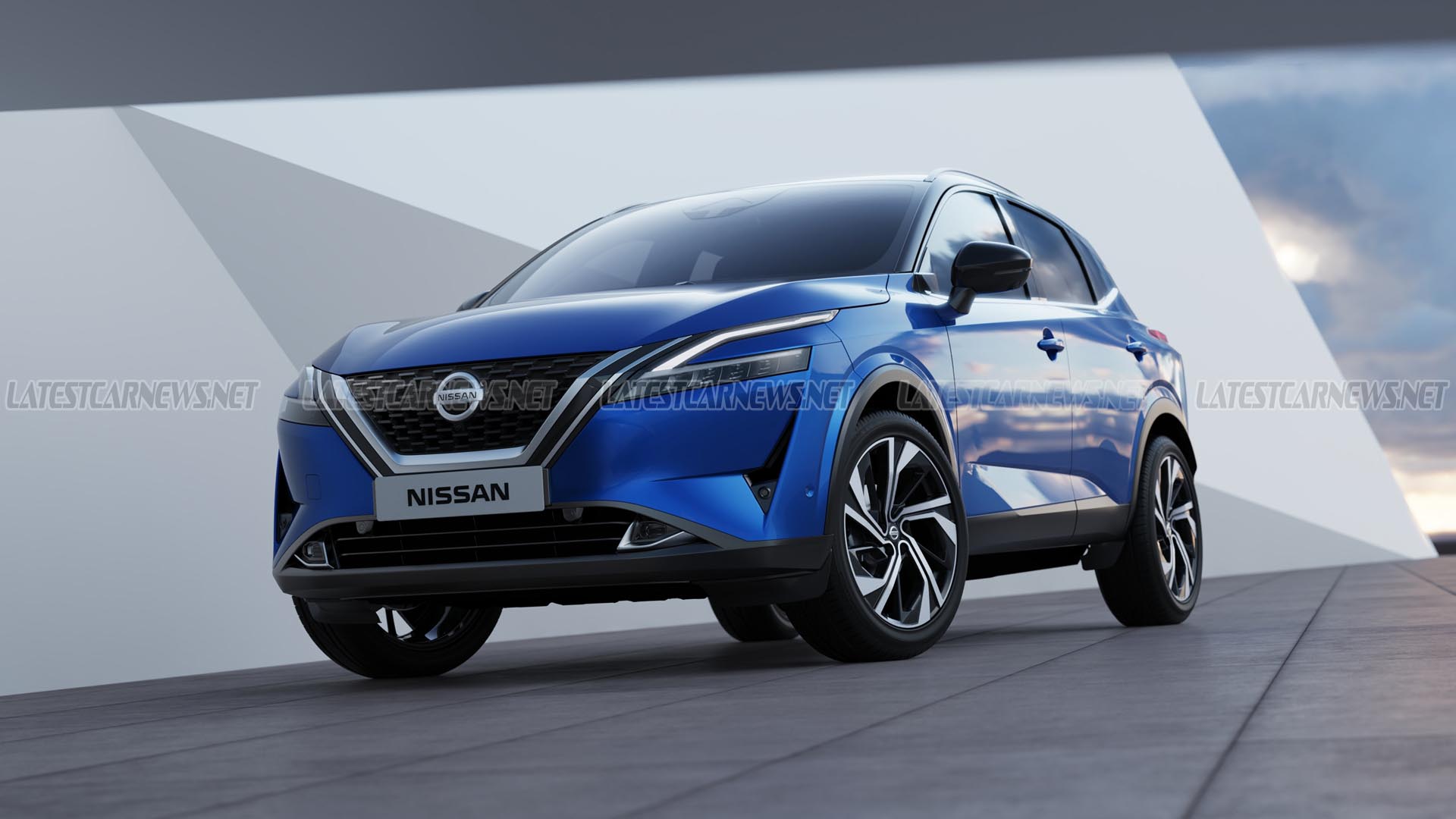
The new Qashqai does not present a radically different external image, as Nissan opts for successions that are more an evolution than a revolution, in the style of what happens with the Volkswagen Golf, but we are facing a new model and created from a blank sheet. It will be the first model in Europe to use the modern CMF-D platform of the Renault-Nissan-Mitsubishi Alliance., and although it retains the proportions of the current model (4,425 millimeters in length), the key to being familiar but maintaining good urban aptitudes, it adopts a new architecture in which new, lighter materials take center stage, such as the aluminum used in the front doors and rear, the hood or the front fenders, which by itself subtracts 21 kilos from a body that, as a whole, is 60 kilos lighter than the previous one(the composite tailgate reduces another 2.6 kilos) despite being 41 percent stiffer and more resistant to deformation in the event of an accident; a point at which the use of 50 percent more ultra-high-strength steel in the structure or the new high-strength joints where the A, B and C pillars meet the ceiling and the floor are of great relevance.
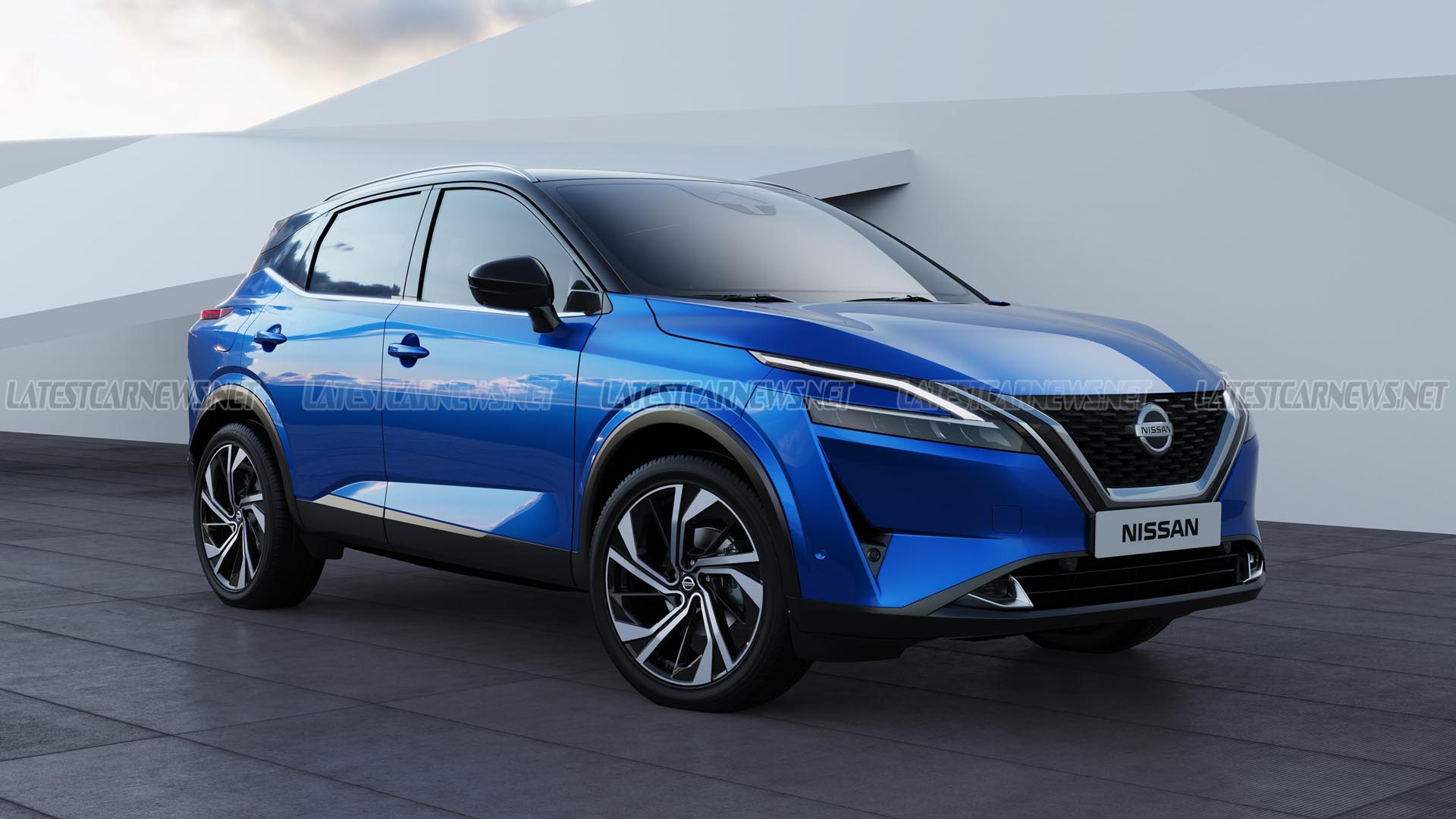
The new CMF-C platform also translates into innovative steering and suspension. In the first case, the power steering offers, according to Nissan, an improved response, a better feel in the central part (when driving in a straight line or with smooth curves, so to speak), and less friction, while the suspension opens an updated MacPherson configuration on both axes; although the rear train is different depending on the version chosen. A) Yes, on the Qashqai with two-wheel drive and tires up to 19 inches, a torsion bar is chosen with high shock absorption capacity and suppression of road noise thanks to the new vertical alignment of the spring and the shock absorber, more effective in front potholes and road imperfections. On the other hand, the rear suspension for the versions with 20-inch wheels and the four-wheel-drive uses the Multi-link scheme, mounted on the subframe using bushings that reduce noise and vibrations, and that generates an optimal balance between comfort and dynamic response.
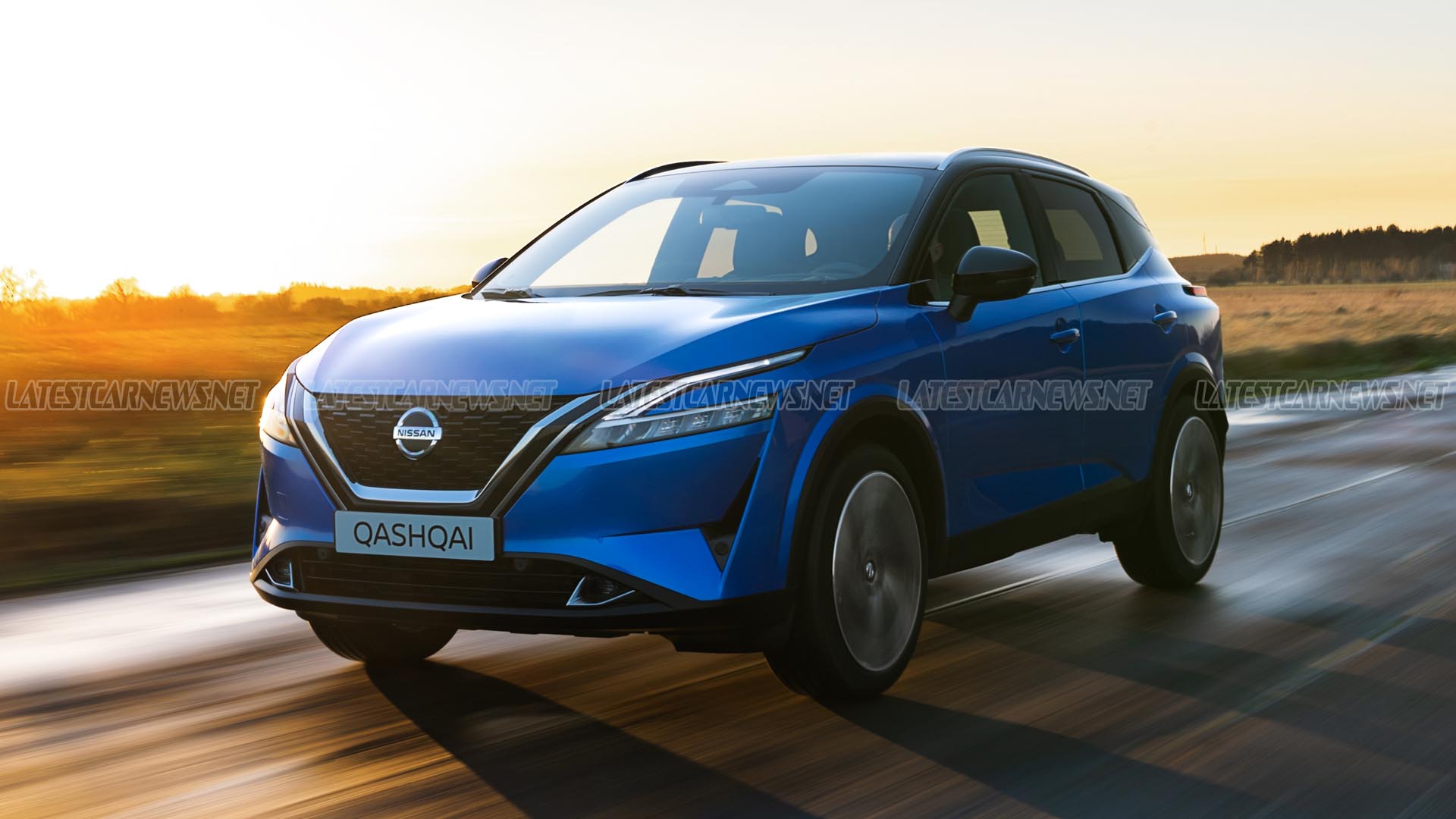
The third Qashqai says goodbye to diesel
But the advance is even more noticeable in terms of mechanics, where the third Qashqai says goodbye to diesel and bets exclusively on gasoline, although with two innovative solutions: on the one hand, a 1.3 turbocharged engine with mild hybridization, on the other, the e-Power technology, which goes beyond conventional hybrids in the role of electrification. Starting with the 1.3 DiG-T, its 12V mild hybrid system is called Alis (Advanced Lithium-ion Battery System) and includes a lithium battery separated from the engine and installed under the ground, plus a belt-driven generator to collect the energy. This technology allows the engine systems to work with the recovered energy, thus increasing the duration of the Start / Stop function (the engine turns off if we are braking and the speed drops below 18 km / h) and reducing the average emissions of CO2 by about 4 g / km.
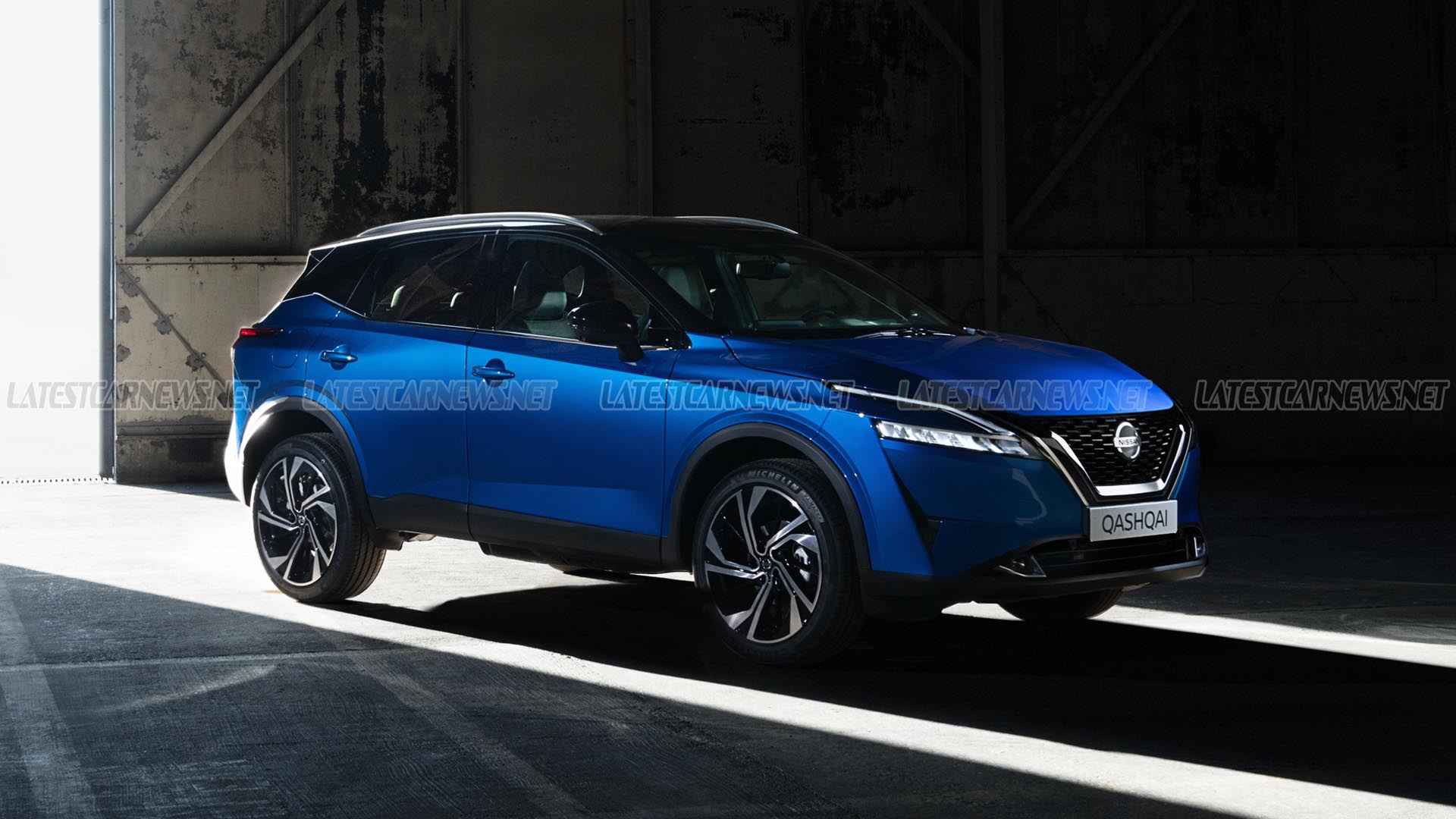
The ALiS hybrid system, which represents an increase of only 22 kilos, also allows that when accelerating, while the speed is between 20 and 110 km / h, the engine generates an additional torque of 6 Nm for a maximum of 20 seconds thanks to the 12V battery power. And it is not the only novelty of the 1.3 DiG-T of the Qashqai, as Nissan has improved 50 components: the turbocharger has an electrically controlled wastegate for a faster response, the new nozzles improve the central injector, reducing the friction in various elements reduces emissions, the particulate filter has a new substrate and a catalyst under the ground …
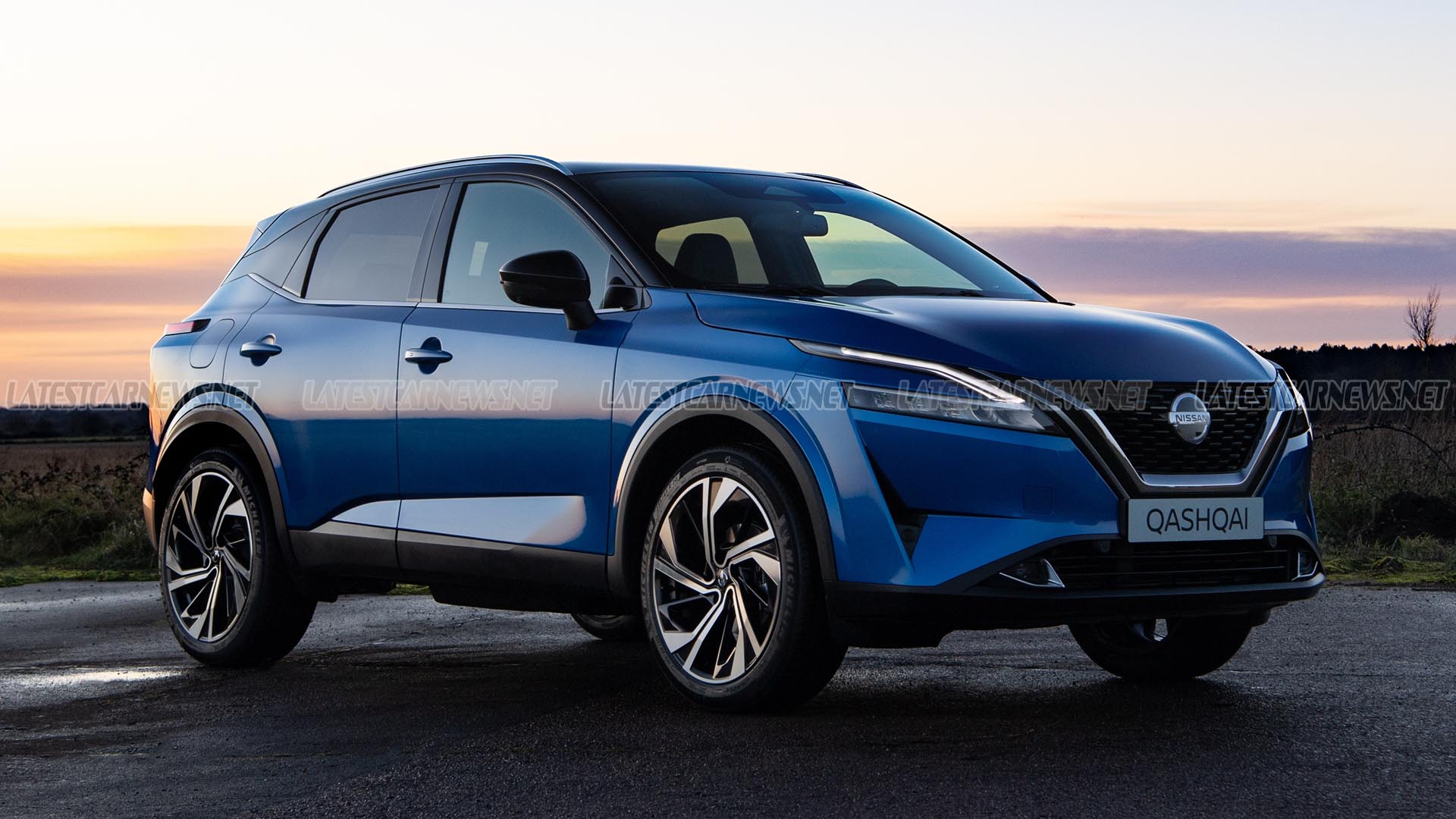
From the 1.3 DiG-T with Alis system, there will be two power levels, 140 and 158 hp, in both cases coupled with a six-speed manual transmission optimized for faster and sportier handling. However, the 158 hp variant will also be available with the Xtronic CVT automatic gearbox, also updated with an electric double oil pump that reduces consumption and improves acceleration sensations, and which can be combined, in turn, with two types of traction: front (2WD) and total (4WD). The four-wheel-drive system is new, as it now features five driving modes (Normal, Eco, Sport, Snow, and Off-road) and speeds up reaction time, because when a wheel skids it takes only 0.2 seconds to optimize the motor skills.
e-Power. The great protagonist
However, the great novelty in the mechanical field is the e-Power technology, a first in Europe but which has triumphed for years in Japan in models such as the Note or the Serena, in which it represents respectively 70 and 50 percent of sales. In the case of the Qashqai e-Power, which will not arrive until 2022 and exclusively with front-wheel drive, the propulsion system consists of a high-performance battery and integrated motorization with a 157 hp gasoline engine (a new 1.5 instead of the 108 hp 1.2 used in the Note e-Power), a power generator, an inverter, and a 140 kW (190 hp) electric motor.
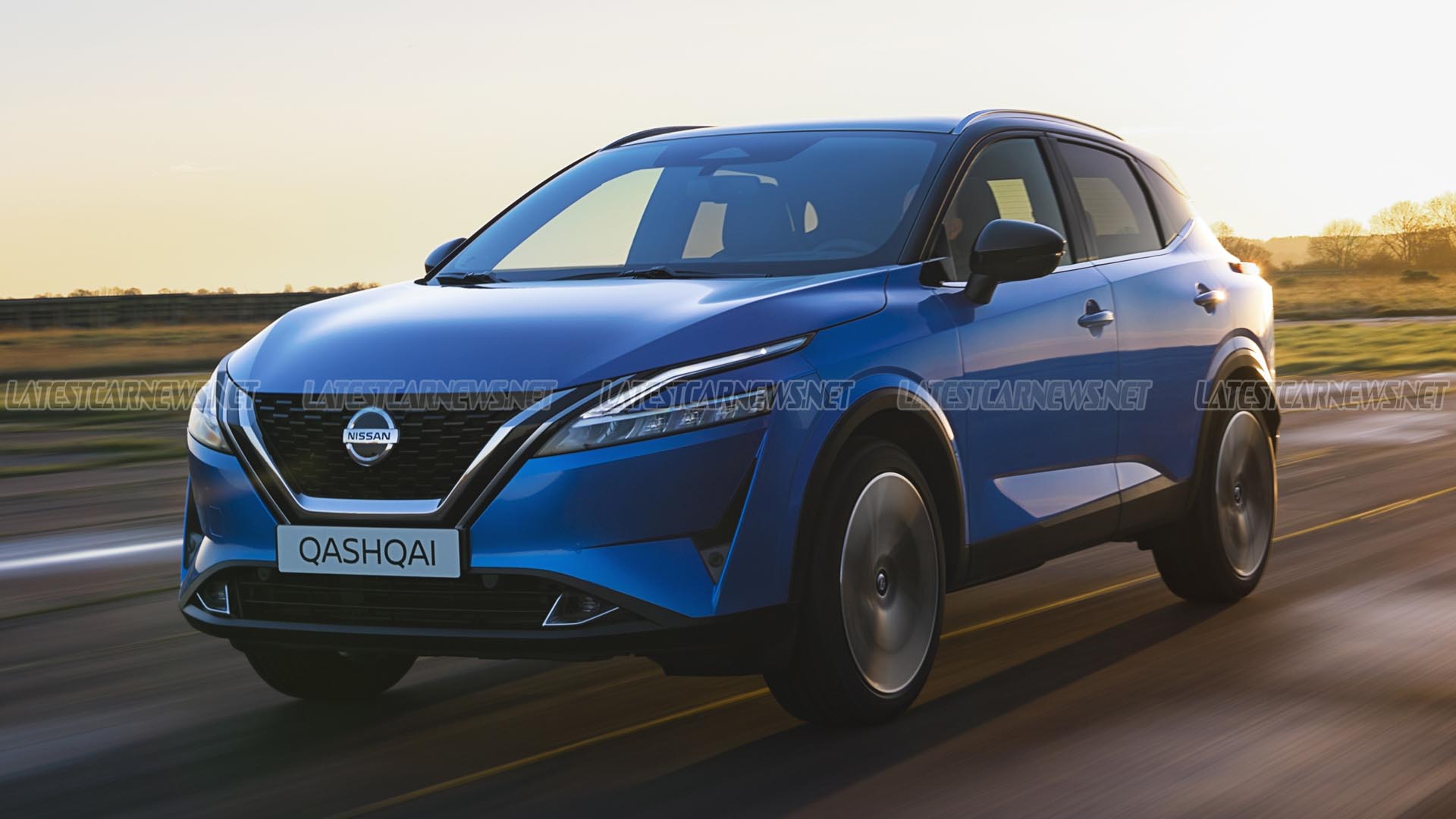
The key difference compared to conventional hybrid models is that the electric motor is the same size and power as that of a 100% electric vehicle and that it is the only one in charge of driving the wheels since here the gasoline engine is not connected to the wheels but simply takes care of charging the battery while riding although the 1.5 gasoline can also transmit power directly to the electric motor for additional power. And since the gasoline engine always operates in the optimal range of revolutions, it hardly makes any noise and maximizes fuel efficiency, as the first approvals indicate an average consumption of 5.3 l / 100 km, with emissions of 122 g / km.
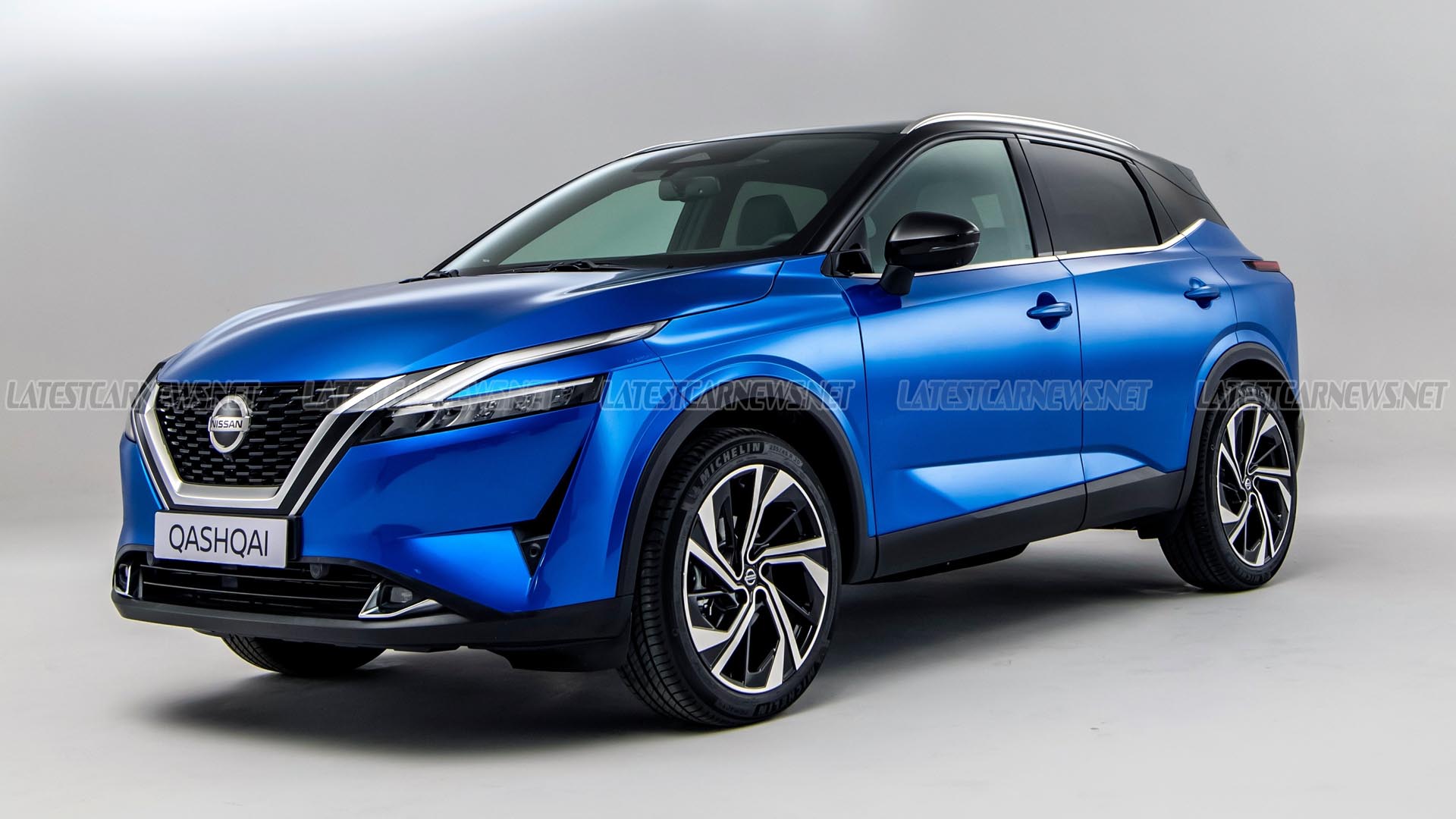
The Qashqai e-Power, in which according to Nissan we will enjoy the same instant acceleration as in an electric vehicle, has three driving modes: Normal, Eco and Sport. In the latter, the car accelerates even faster and has increased braking power, while in Eco the car enters economy mode and optimizes battery power. Also, in any of the three aforementioned programs, it is possible to select the automatic transmission mode B, which increases retention when taking the foot off the accelerator and avoids having to use so much the brake pedal. But it is also that it benefits as the electric Leaf of the e-Pedal mode, which allows the driver to start, accelerate and decelerate using only the accelerator pedal, which according to Nissan includes up to 90 percent of driving situations.
Safe and connected
In the review of the new Qashqai now unveiled, it is mandatory to mention the improved ProPilot driving assistant whose new generation is called Pro-Pilot with NaviLink. This system, available from the N-Connecta mid-tier level, is capable of accelerating and braking the vehicle when traveling in a single lane on a motorway or motorway and can accelerate to circulate at a set speed and brake to a complete stop under conditions of heavy traffic so that it even automatically resumes driving if the vehicle has been stopped for less than three seconds and the vehicle ahead is moving away. The steering system and camera constantly update the Qashqai’s position, helping to center it in its lane and adjusting the safety distance.
And not only does it take into account the speed that we have set, but ProPilot with NaviLink also adapts the car’s speed based on additional external circumstances, such as when the vehicle enters an area with a lower speed limit on the motorway, as it is capable of reading traffic signs and takes into account the navigator data to slow down the speed without the driver having to manually adjust the speed again on cruise control. And you can even adjust your speed if the navigation system informs you of the proximity of curves with a tighter radius or motorway exit lanes. Additionally, the ProPilot system with NaviLink can communicate with blind-spot monitoring radars to assist the driver with steering correction and prevent a lane change maneuver from occurring if a vehicle is in the blind spot zone. as it can read traffic signs and takes into account the data of the navigator to slow down the speed without the driver having to manually re-adjust the speed in the cruise control.
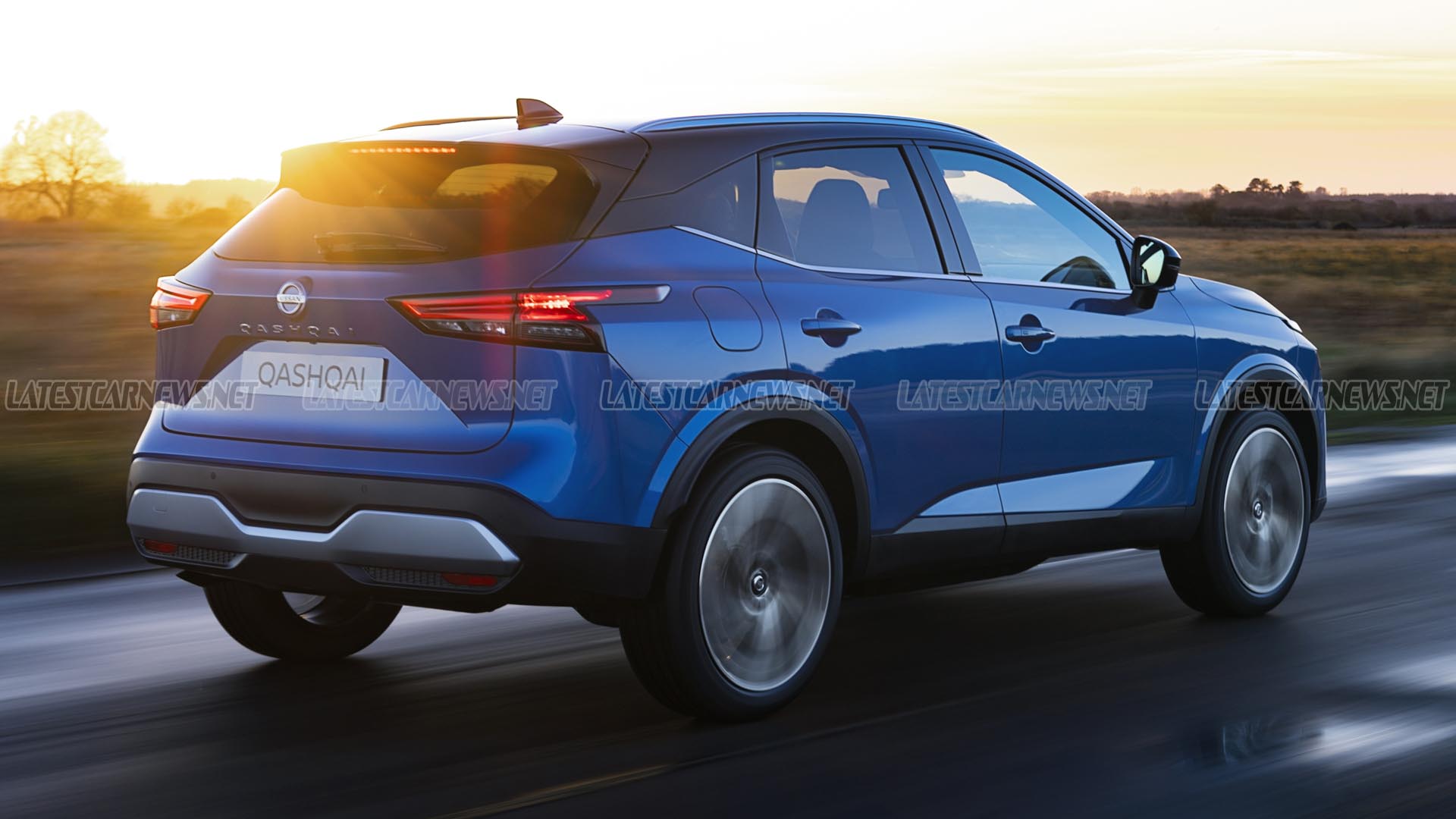
And you can even adjust your speed if the navigation system informs you of the proximity of curves with a tighter radius or motorway exit lanes. Additionally, the ProPilot system with NaviLink can communicate with blind-spot monitoring radars to assist the driver with steering correction and prevent a lane change maneuver from occurring if a vehicle is in the blind spot zone. as it can read traffic signs and takes into account the data of the navigator to slow down the speed without the driver having to manually re-adjust the speed in the cruise control. And you can even adjust your speed if the navigation system informs you of the proximity of curves with a tighter radius or motorway exit lanes.
Also, the ProPilot system with NaviLink can communicate with blind-spot monitoring radars to assist the driver with steering correction and prevent a lane change maneuver from occurring if a vehicle is in the blind spot zone. And you can even adjust your speed if the navigation system informs you of the proximity of curves with a tighter radius or motorway exit lanes. Also, the ProPilot system with NaviLink can communicate with blind-spot monitoring radars to assist the driver with steering correction and prevent a lane change maneuver from occurring if a vehicle is in the blind spot zone. And you can even adjust your speed if the navigation system informs you of the proximity of curves with a tighter radius or motorway exit lanes. Additionally, the ProPilot system with NaviLink can communicate with blind-spot monitoring radars to assist the driver with steering correction and prevent a lane change maneuver from occurring if a vehicle is in the blind spot zone.
Other improvements in the driving assistance chapter include the lateral protection warning for urban situations, which alerts the driver to the risk of contact with an object on the side of the vehicle, and the intervention to avoid collisions when backing out of a car. parking thanks to an update of the alert system for detection of moving objects, activating the brakes to stop the car if it perceives a moving obstacle near us.
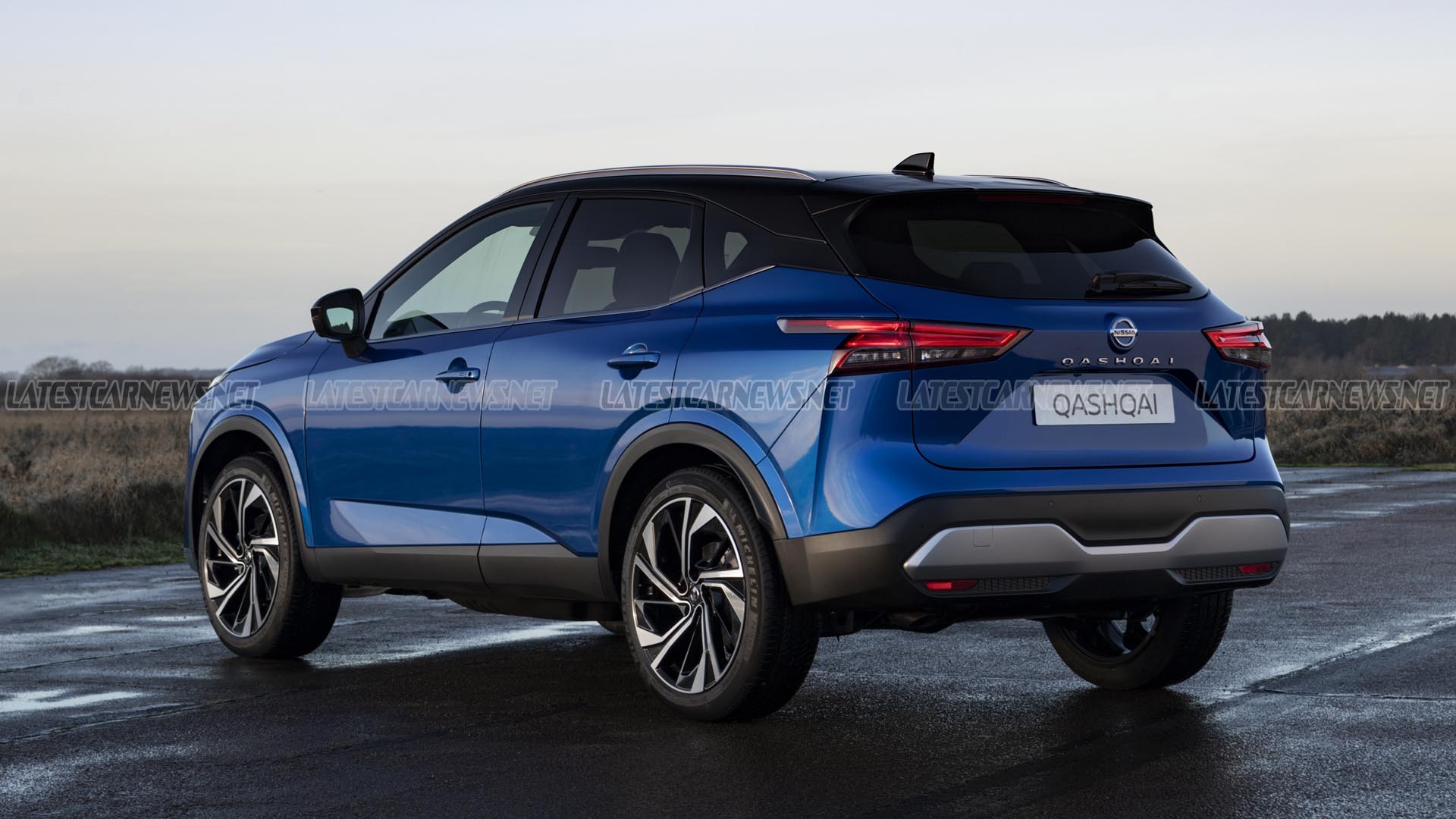
The innovations in terms of safety do not end there, because if the second generation of the Qashqai soon replaced incorporates LED headlights in the upper finishes since 2014 (and those of the Tekna level even rotate to adapt to the layout of the road), the new model debuts a matrix headlamp system that adapts the shape of the light according to road conditions and other road users, so that its beam, divided into 12 individual elements that can be selectively deactivated when detecting an approaching vehicle by in the opposite direction or the same direction, illuminates most effectively but without dazzling.
More space inside
Regarding the interior of the bodywork, first of all, say that the trunk increases more than 70 liters compared to the current one, which did not have its brightest point there, going on to announce 504 liters with the five seats in use, something to which it has contributed by the new rear suspension, which takes up less space and allows the loading floor to be lowered by 20 millimeters. And for the passenger compartment, improvements in amplitude are also indicated, since having more distance between axes the rear seats gain 28 millimeters for the knees. The two occupants of the front seats are also further apart, there is an extra 15 millimeters of ceiling height both in front and behind, and the driving position has been recalculated to be comfortable for users between 145 and 192 centimeters in height. But the backbench is fixed, and not sliding as in some of its rivals.
Lastly, connectivity plays an essential role in Qashqai’s technological arsenal, offering easy smartphone integration, built-in Wi-Fi for up to seven devices, and NissanConnect Services, which is a dedicated application for controlling and monitoring the vehicle. Basic navigation is done from a 9-inch NissanConnect screen and is compatible with Android Auto and Apple CarPlay, and either via DAB radio or from a Smartphone, audio reproduction can be entrusted to the Bose Premium sound system, with 10 speakers plus the Acoustimass bass box, located in the trunk. However, a 12.3-inch TFT multi-information center screen is also offered, and the Qashqai can be equipped with a 10.8-inch Head-up Display to project driving information large onto the windshield.
Also, the Home-to-Car functions are compatible with the Google Assistant and Amazon Alexa, the latter a novelty in this third generation of the Qashqai. Thus, for example, the driver can send destinations to the car’s navigation system by talking to his smart device, minimizing the time required to enter the destination. And vehicle control functions, such as the remote horn and lights, as well as remote door locking and unlocking, are available through the NissanConnect smartphone app. Smart alerts, including speed, time, and zone, can also be configured through app notifications, in case the vehicle exceeds the set parameters. And it incorporates the vehicle health reports, which can be consulted through the application and that alert user if their vehicle requires urgent maintenance, in addition to providing an instant performance evaluation and fault alerts.
Of course, a storage console has also been included in the front that allows the charging of smartphones at 15 watts, one of the most powerful in the segment and that can be adapted to the dimensions of the largest devices, including the Apple iPhone 12 recently launched pro Max.
